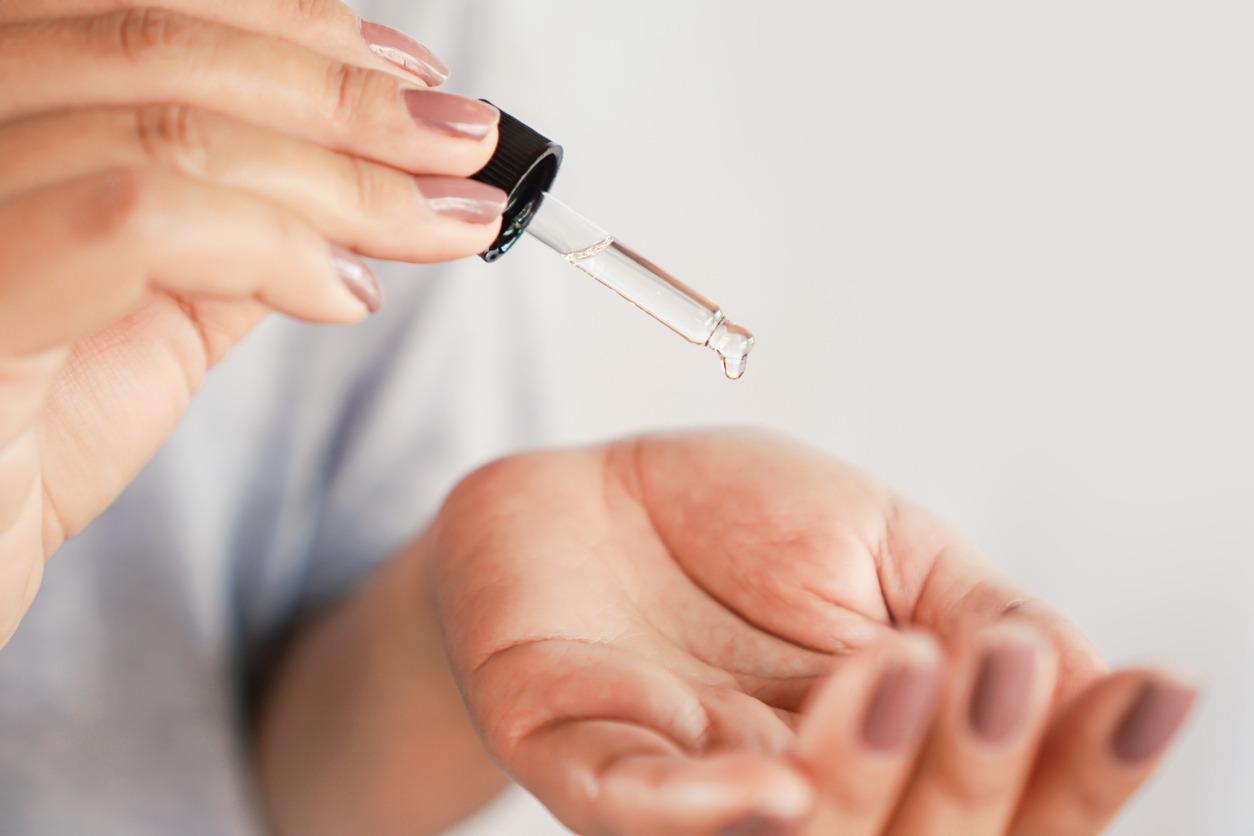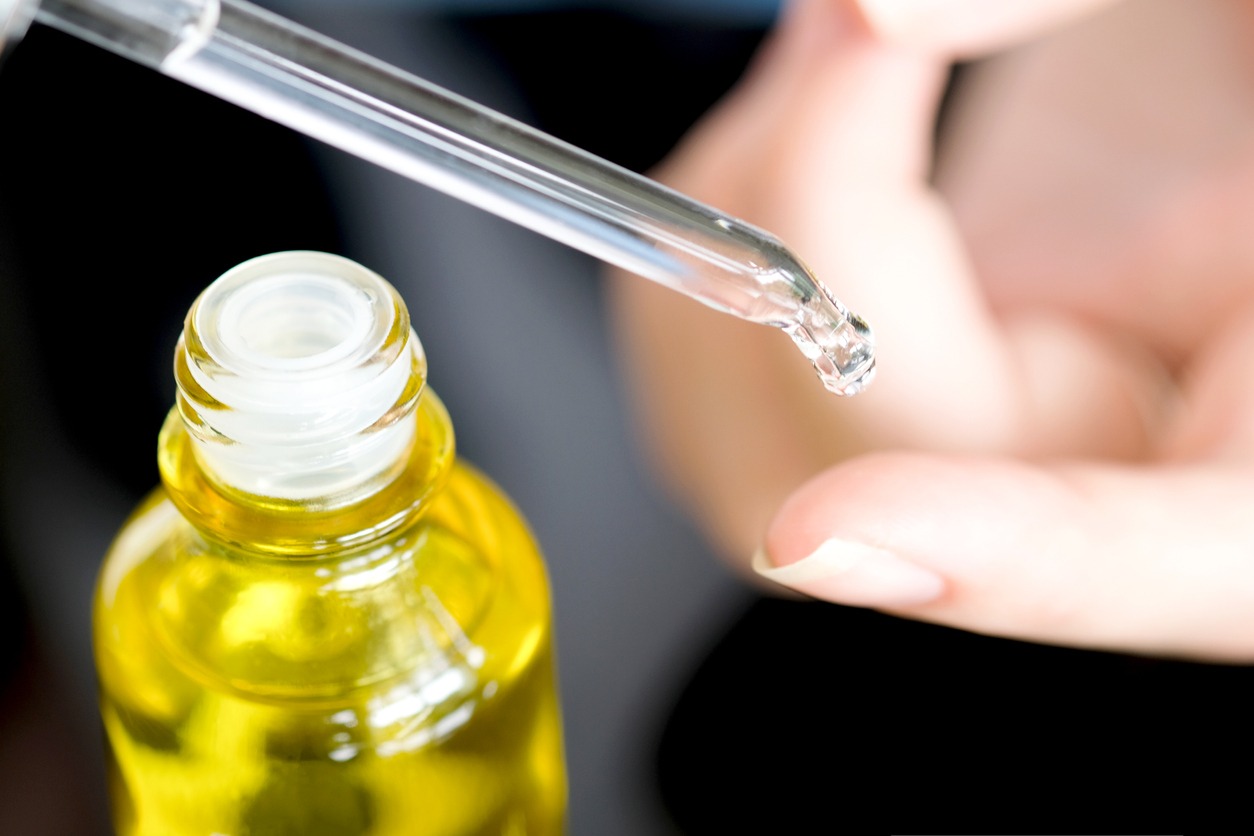Nowadays, it seems as though people freak out whenever they hear the term “mineral oil” used in connection with skincare products. The claim that a moisturizer is “mineral oil-free” is made frequently, giving the idea that mineral oil is bad for the skin. This chemical raise severe concerns for many seasoned skincare experts because it is produced from petroleum and is known for blocking pores. But should it be completely avoided? What you need know about mineral oil is as follows:
What is Mineral Oil?
Mineral oil is a petroleum-based oil that is clear and odorless and is frequently used in cosmetics. The mineral oil used in skincare products is highly refined and purified, despite its relationship with petroleum, so it won’t include the impurities that unrefined petroleum has been known for. It is created from organic materials found in nature.
Petrolatum and cosmetic-grade mineral oil are regarded as the safest, least sensitizing moisturizing substances ever discovered. It is regarded as one of the most well-established, secure, and non-sensitizing moisturizing substances available and is known for its ability to renew the skin.
What are the Benefits of Mineral Oil?
Mineral oil is a trustworthy hydrating component even though it doesn’t benefit the skin in terms of antioxidants or anti-aging. As it forms a barrier between your skin and the outside environment, it locks in moisture in the skin. Studies have shown that because mineral oil shields the skin from environmental factors like wind and pollution, it reduces water loss through the skin.
Skin can be softer and smoother with the aid of mineral oil. It can enter the spaces between cells to produce a smoother texture, leaving the skin feeling softer after application. The mineral oil itself makes the moisturizer glide across the skin more readily because it smooths the skin.
How to Use Mineral Oil
Many various conditions can find treatment with mineral oil. It is a versatile at-home treatment since it can lubricate safely and prevent moisture from evaporating from the skin. Read on to discover all the applications for mineral oil, including treating dandruff and alleviating constipation as well as damaged feet.
1. Dry skin
Dry skin can benefit from the use of mineral oil. After taking a bath or shower, applying it to the skin prevents moisture loss. In particular during the dry winter months, this might assist you in maintaining soft and healthy skin. In addition, mineral oil is frequently found in commercial moisturizing goods. Finding moisturizers that contain mineral oil can help you maintain healthy skin.
Eczema:
The National Eczema Association estimates that 31.6 million Americans, or roughly 10.1 percent of the population, have some kind of eczema. The skin is dry, discolored, itchy, and irritated when eczema is present. To alleviate the signs of eczema, mineral oil can be applied to the affected area. If you wish to stay away from corticosteroid creams, it can be a good substitute.
Xerosis:
More than 50% of cancer patients receive radiation therapy of some kind, according to a 2012 study that was published in the International Journal of Medical Sciences. Radiation therapy, which is harsh on the skin and can cause localized xerosis, or unusually dry skin, is a medical word. Radiation therapy side effects have been successfully treated by rubbing mineral oil on the afflicted area.
2. Dry cracked feet
It might be challenging to treat and avoid dry, cracked feet. Before going to bed, you should rub mineral oil on your feet to keep them hydrated and soothed. Socks will stop the oil from soaking into your bed sheets as you sleep.
3. Earwax
Earwax removal can be challenging and needs special care. Mineral oil might help you remove extra earwax if your eardrum isn’t pierced with a tube or hole. The wax can be softer by putting two to three drops of mineral oil into the ear, according to Harvard Medical School.
After a couple of days, gently inject warm water into your ear canal using a rubber bulb syringe. By angling your head and tugging your outer ear up and back, you can straighten the ear canal. This will make it possible for the wax-softened water to seep out. This procedure would need to be repeated several times to get rid of all the extra ear wax. You should consult a doctor for advice if earwax obstruction continues to be an issue for you.
4. Constipation
Constipation is frequently treated with mineral oil. Mineral oil can aid with bowel motions if your stool seems trapped low in your intestines. There are several different types of mineral oil available for constipation alleviation. It is a common active ingredient in many laxatives and can be administered orally, intravenously, or as an enema.
It functions by maintaining moisture in the stool and lubricating the bowels. As a result, there is less resistance as the stool passes. Mineral oil can be a fantastic option if you need sporadic relief from internal pain or hemorrhoids. Effectivity can take up to 8 hours. To prevent waking up in the middle of the night, make sure to take it before bed. Wear a protective pad to catch leaks if you decide to take mineral oil as an enema.
5. Infant Care
There are numerous causes of dry skin in infants. When your infant suffers from conditions like diaper rash and cradle cap, mineral oil may be a safe approach to provide relief. Baby oil is actually mineral oil with scent added.
Diaper Rash:
The inflammation brought on by diaper rash can be relieved by applying mineral or baby oil to your baby’s rash. Mineral oil can also be used to stop diaper rash before it starts.
Cradle Cap:
Your baby’s dry, flaky skin may respond well to mineral oil as a home treatment. A few drops of mineral oil should be applied to your baby’s scalp, and you should let it sit for a few minutes. After carefully brushing the scalp to remove any scales, shampoo as usual. You might need to let the mineral oil sit for a few hours if you have really thick, dry skin.
6. Dandruff
Dandruff flaking can be embarrassing. Dandruff can be removed with the aid of mineral oil. The mineral oil should ideally be applied to the scalp and left on for an hour. After brushing or combing your hair, shampoo it. This should relieve the dry, flaky skin and preserve moisture in the scalp.
Side Effects of Using Mineral Oil
Because cosmetic-grade mineral oil is less likely to irritate skin, it is frequently suggested for people with sensitive skin. Since mineral oil is not pore-clogging and therefore not comedogenic, using it alone won’t result in your pores becoming clogged with extra debris. Due to its propensity to coat the body in a protective layer, it can sometimes trap some components on the epidermis’ top layer, which can result in clogged pores.
The majority of dermatologists concur that it is preferable to stop using products containing mineral oil if you are prone to acne or if you start to develop blackheads or whiteheads after using those products. Because pores on acne-prone skin are already prone to clogging, mineral oil’s ability to create a barrier on the skin may make acne worse. In light of this, it is generally agreed that mineral oil should only be used on dry skin types that are not prone to acne. It effectively seals in moisture and produces a barrier of protection for hydration, making it healthier for dry skin.
Conclusion
There are many different ways that mineral oil can be beneficial. It can be a quick, affordable, and simple solution to discover relief for moisture-related conditions when used properly and carefully. Although home treatments can be beneficial, always see a doctor if you have any concerns about an illness or if your symptoms get worse.




